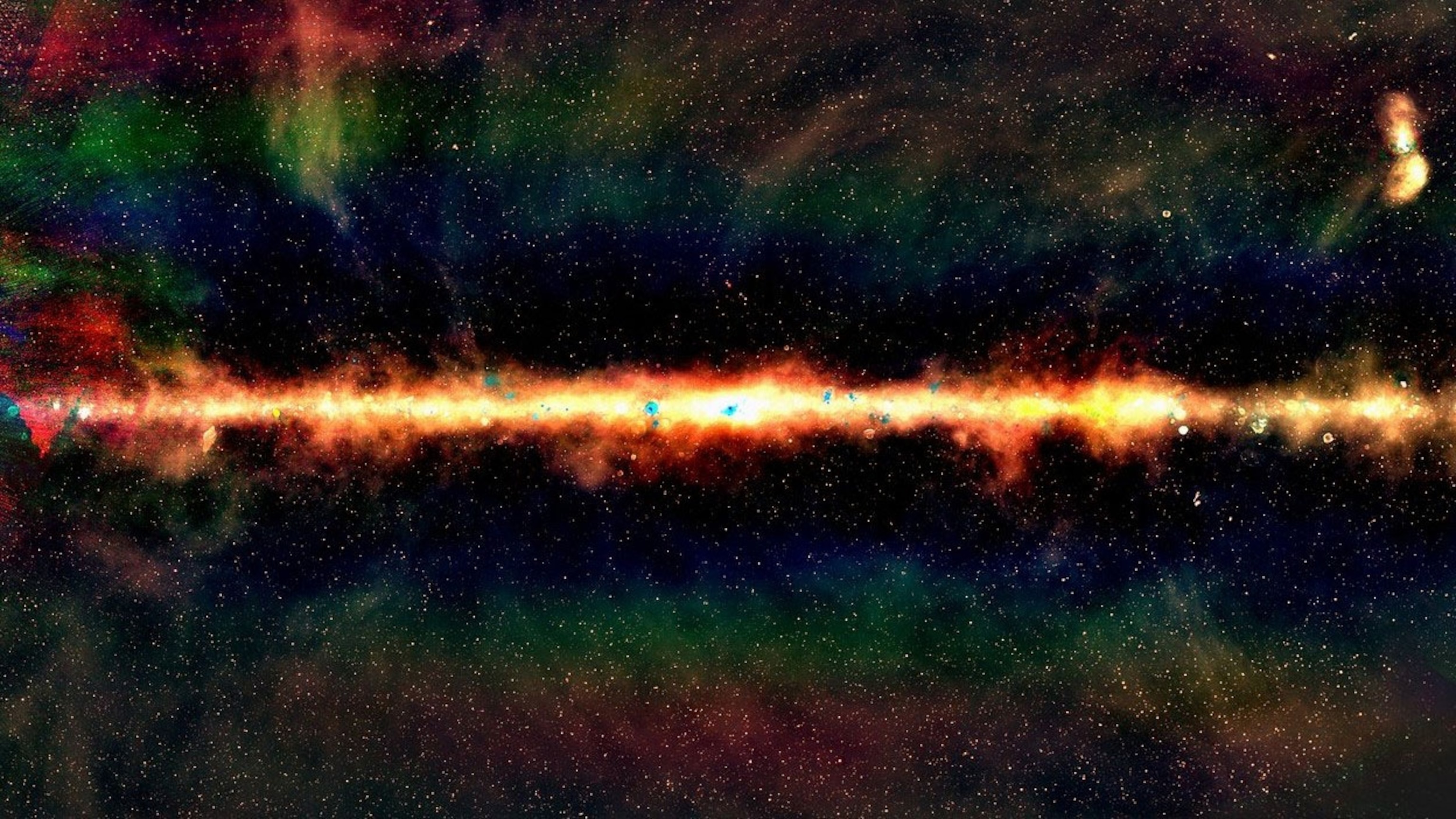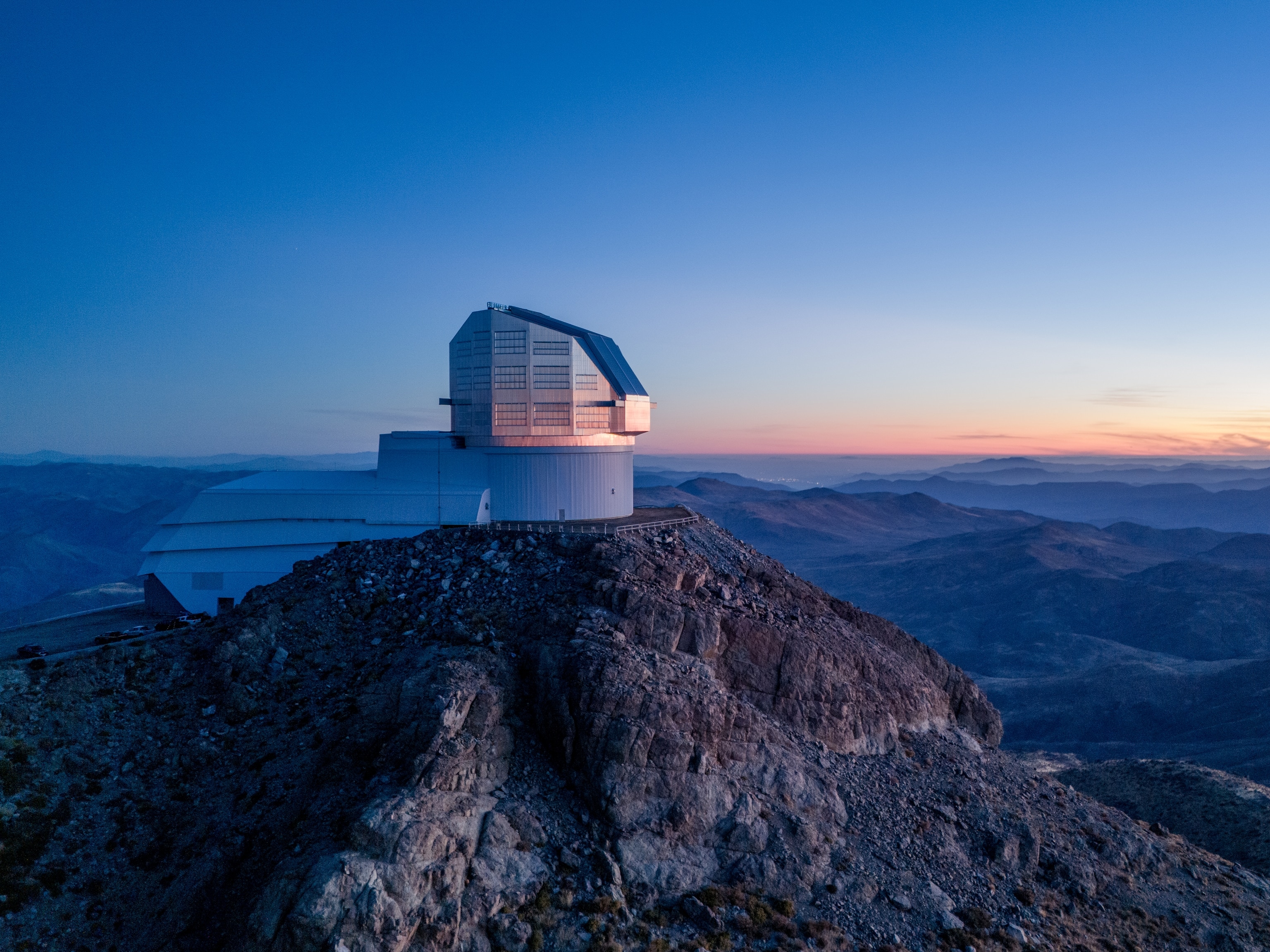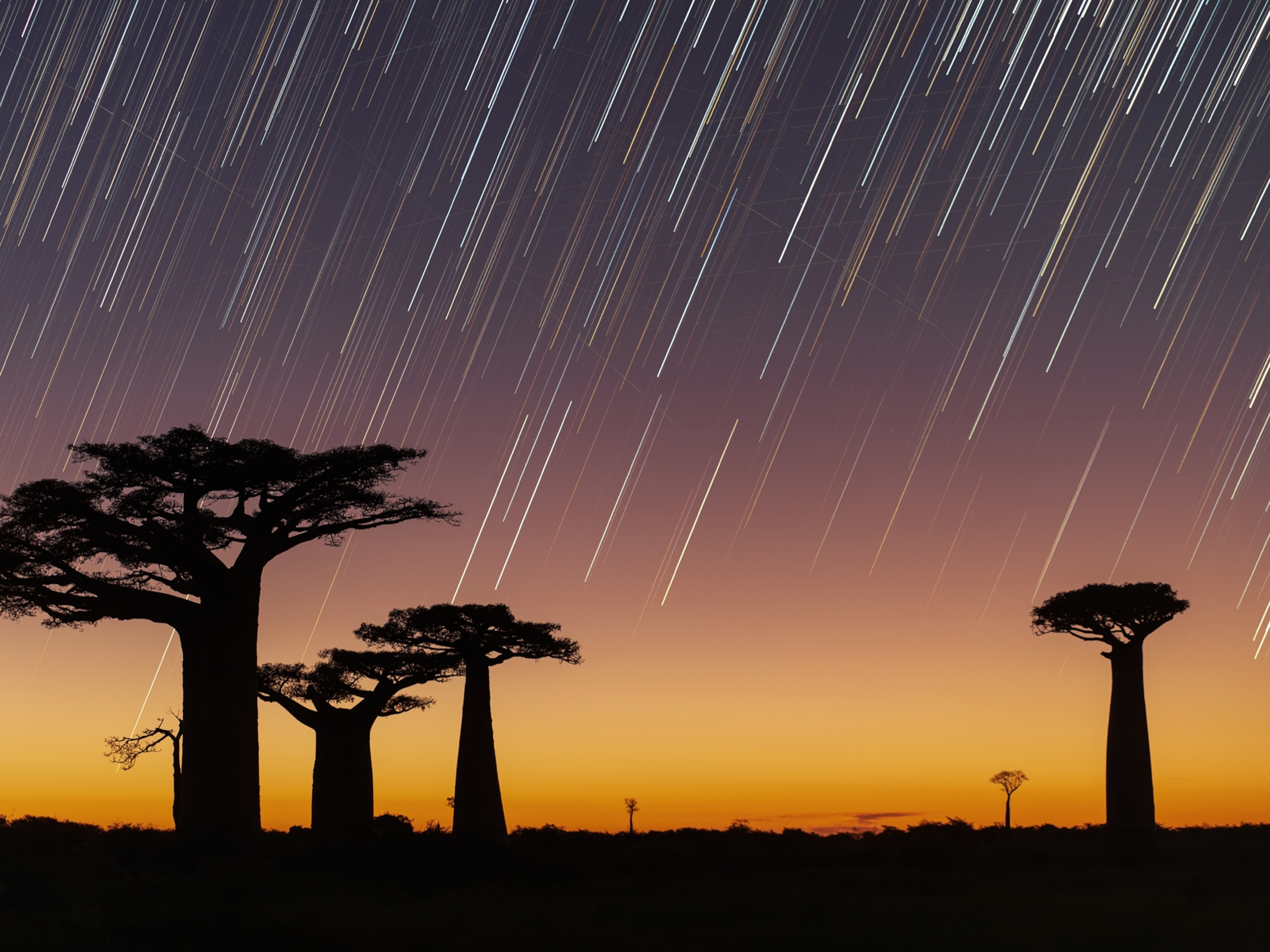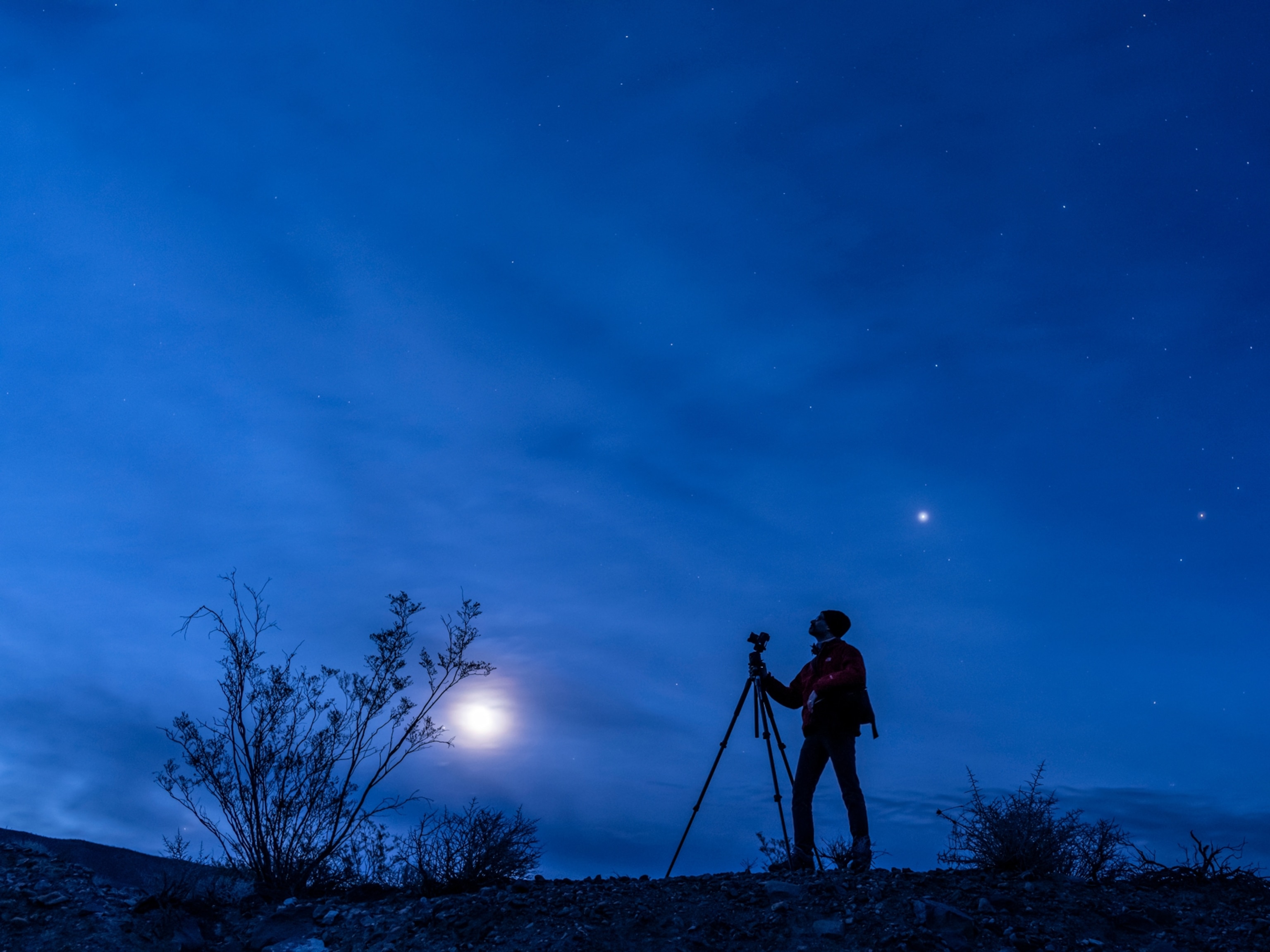
Here’s What Our Galaxy Would Look Like With Superhuman Vision
A powerful radio telescope captures an image of our amazing technicolor universe.
A new image of the Milky Way shows our galaxy bursting with a dazzling array of colors unlike anything we’ve seen before.
That’s because our eyes perceive the universe around us by comparing brightness in three primary colors: red, green, and blue. But the Murchison Widefield Array, located in the outback of Western Australia, shows us what the cosmos would look like if we could see radio waves—enabling us to view the sky in 20 primary colors. (Also see this stunning interactive view of the Milky Way.)
“That's much better than we humans can manage, and it even beats the very best in the animal kingdom, the mantis shrimp, which can see 12 different primary colors,” astronomer Natasha Hurley-Walker of Australia’s Curtin University says in a press statement.
The $50 million radio telescope is undertaking an unprecedented survey of the cosmos—a project appropriately known as GLEAM, for the GaLactic and Extragalactic All-sky survey. This GLEAM view of the Milky Way reveals a bright-red center (indicating the lowest radio frequencies), with the middle and highest frequencies represented by green and blue. (Find out how astronomer discovered that our part of the Milky Way is four times bigger than we thought.)
Each dot elsewhere in the image is another galaxy—to date, the survey has catalogued 300,000 of them. That means some of the radio waves seen here have been traveling through space for billions of years.
“Our team are using this survey to find out what happens when clusters of galaxies collide,” Hurley-Walker says. “We’re also able to see the remnants of explosions from the most ancient stars in our galaxy, and find the first and last gasps of supermassive black holes.”
The Murchison Widefield Array is just the warmup act for the next giant leap in radio astronomy—the international Square Kilometer Array, part of which will be built in Australia in the coming years. The largest telescope of its kind, it will be able to detect very faint radio signals emitted more than 13 billion years ago, when the first stars and galaxies began forming.




